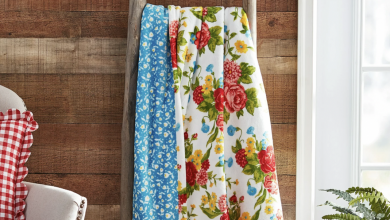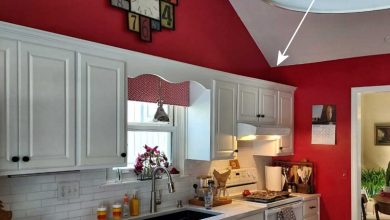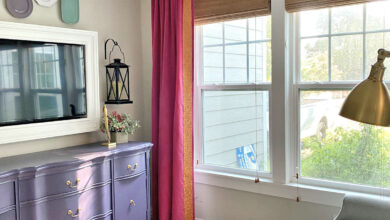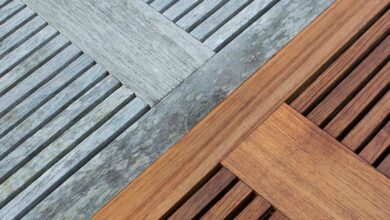How To Extend An Outlet For Tile Or Wainscoting
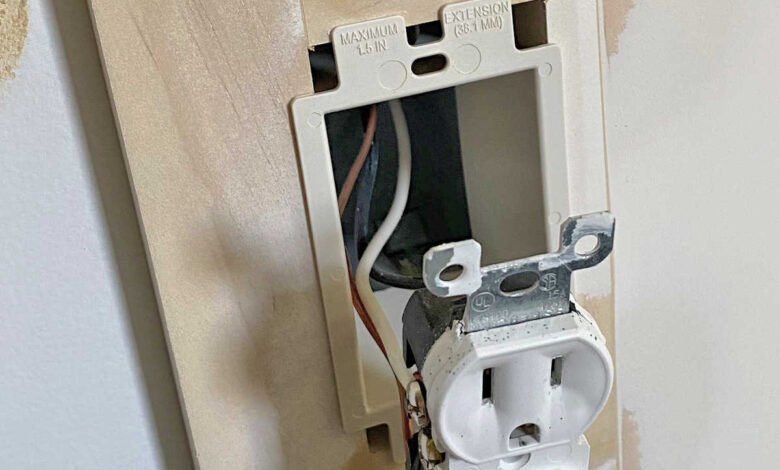
I’ve been DIYing for 30 years now, and sometimes I’m astounded at how much I still don’t know. Some of those things that I’m still learning seem so basic! For example, yesterday I finally learned how to extend an outlet for tile or wainscoting using the safest, easiest, and fastest way I’ve ever done it.
So if you’ve ever done tile or wainscoting, you know what I mean. You get your tile or wainscoting done, and your electrical outlet is set back anywhere from 1/4-inch to 3/4-inch because that’s where the original box is. Then you have to find a way to extend the outlet so that it sits against the new tile or wainscoting.
In the past, I’ve always used these caterpillar spacer shims, which are small plastic pieces that snap together like Legos and wrap around the screws that hold the electrical outlet in the box.
I can’t stand those things. I can never get them to stay in place while screwing the outlet back on, and it takes me several attempts to get them to stay. And they just seem flimsy. Plus, they can really only be used to extend an outlet so far — maybe 1/4-inch or a little bit more. But if I needed the outlet brought out more than 1/4-inch, I wouldn’t really want to use those. And the final issue with those is that if you do have to bring the outlet out more than 1/4-inch or so, then you have the screws on either side of the outlet (the screws that are actually conducting electricity) exposed to building material rather than being safely tucked away inside an electrical box.
But I never knew I had other options until this week. This week, after 30 years of DIYing, I discovered electrical box extenders! I mean…WHAT?! How in the world have I gone this long without knowing about these? How many tile backsplashes have I installed? How many walls have I covered with wainscoting? How did I not know these things existed?!
And they are so unbelievably easy to use. No more fumbling with tiny, flimsy Lego-like spacers. These box extenders are the only way to go!
The reason I needed one to begin with is because on one wall of the bathroom, the outlet box is right up against one of the wood pieces of the wainscoting, and that’s without the inside trim (base cap) installed yet. I hate the look of trim just dead-ending into an outlet, so I decided to add trim around the outlet and bring the outlet out to the front of the trim. (I turned off the power to this room before starting.)
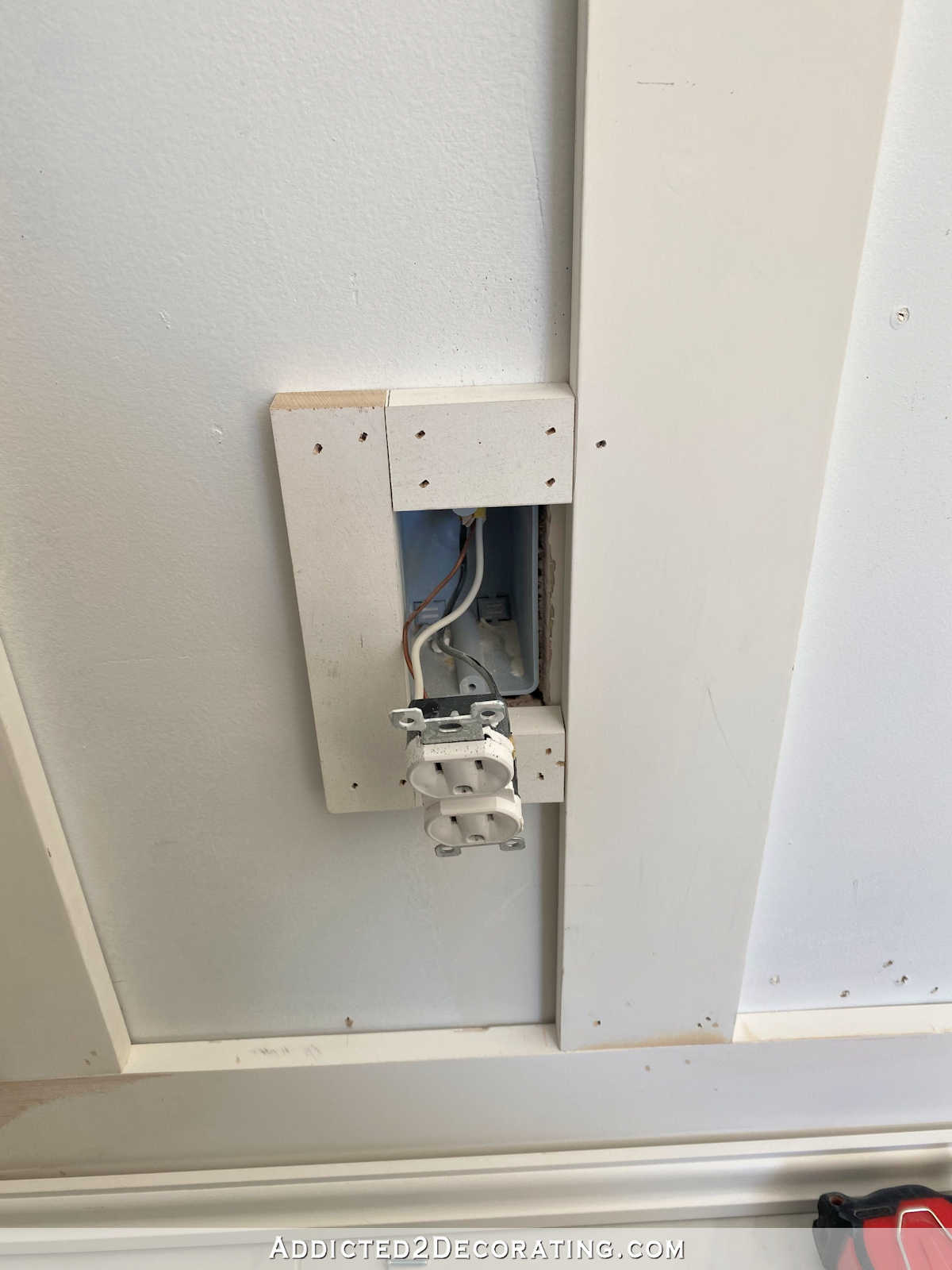
So I got the trim pieces attached around the outlet, and then used a liberal amount of wood filler, as is my M.O. 😀 While I was waiting for that to dry, I screwed the outlet back into place so that I could show you the problem (and danger) that arises when you don’t use a box extender, or when you use the little caterpillar spacers. See where the screws are on the sides of the outlet? Those screws conduct electricity, and they’re right there next to building material. That could be a potential danger.
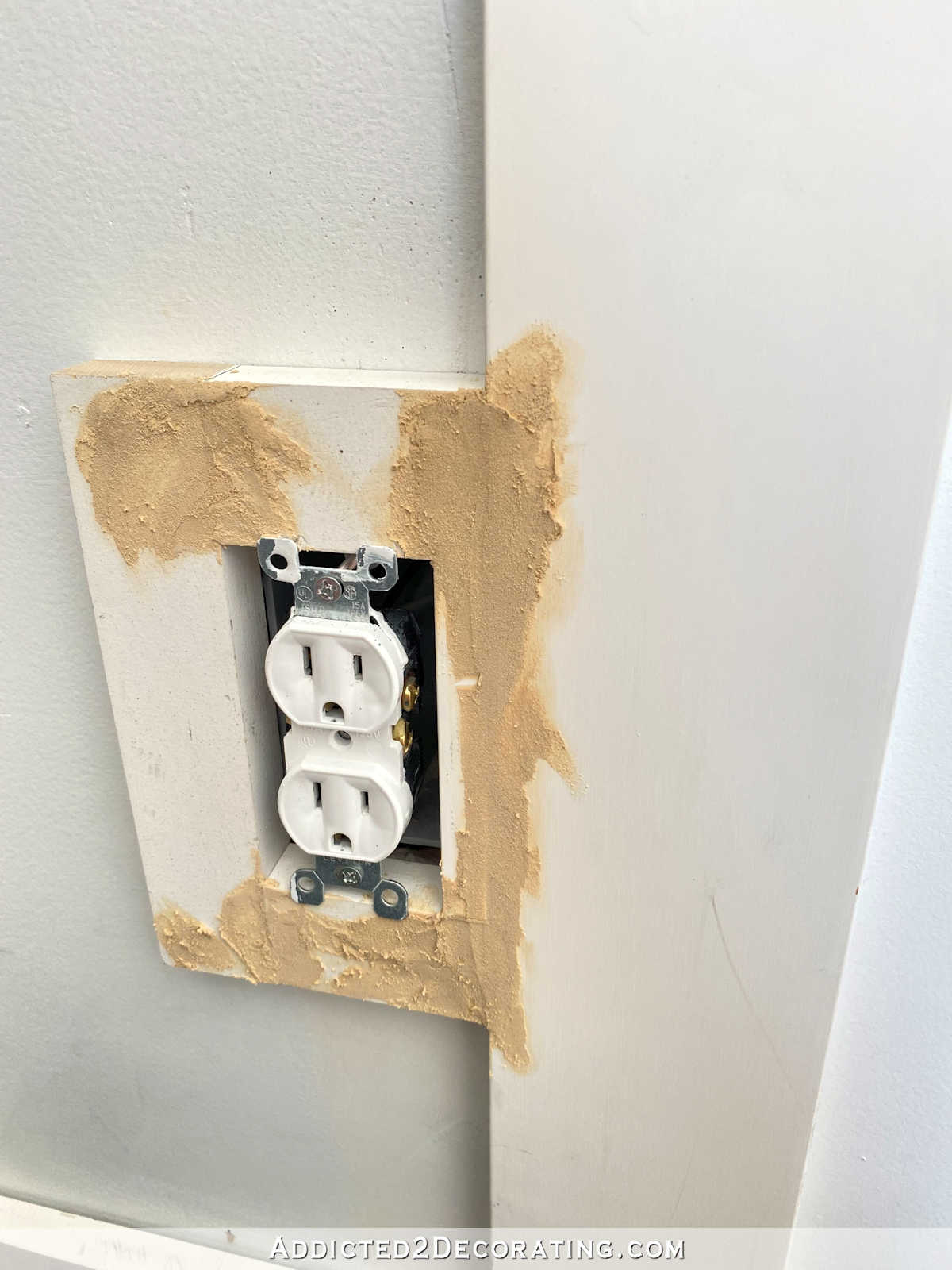
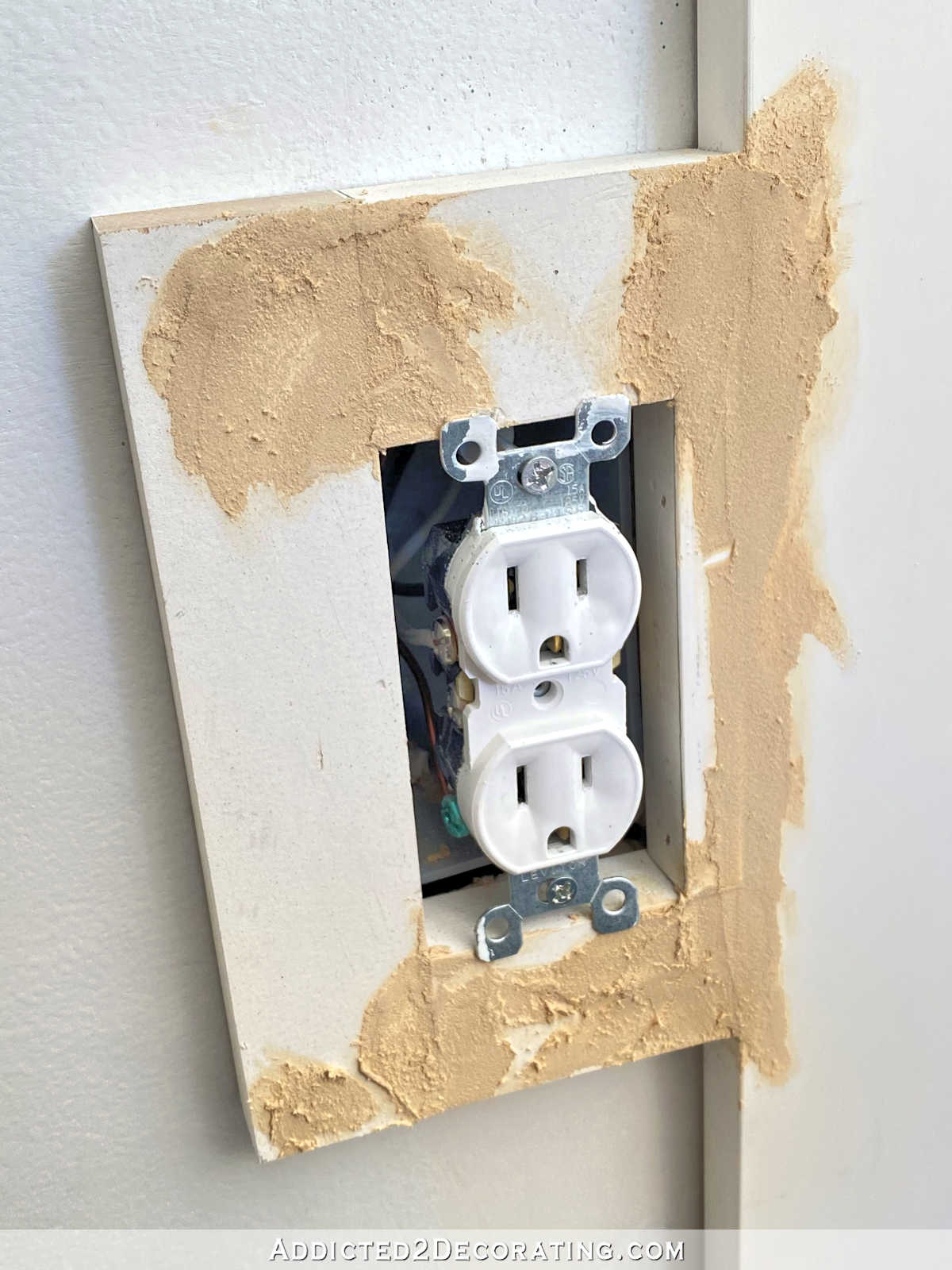
So I unscrewed the outlet and sanded my wood filler smooth once it was dry…
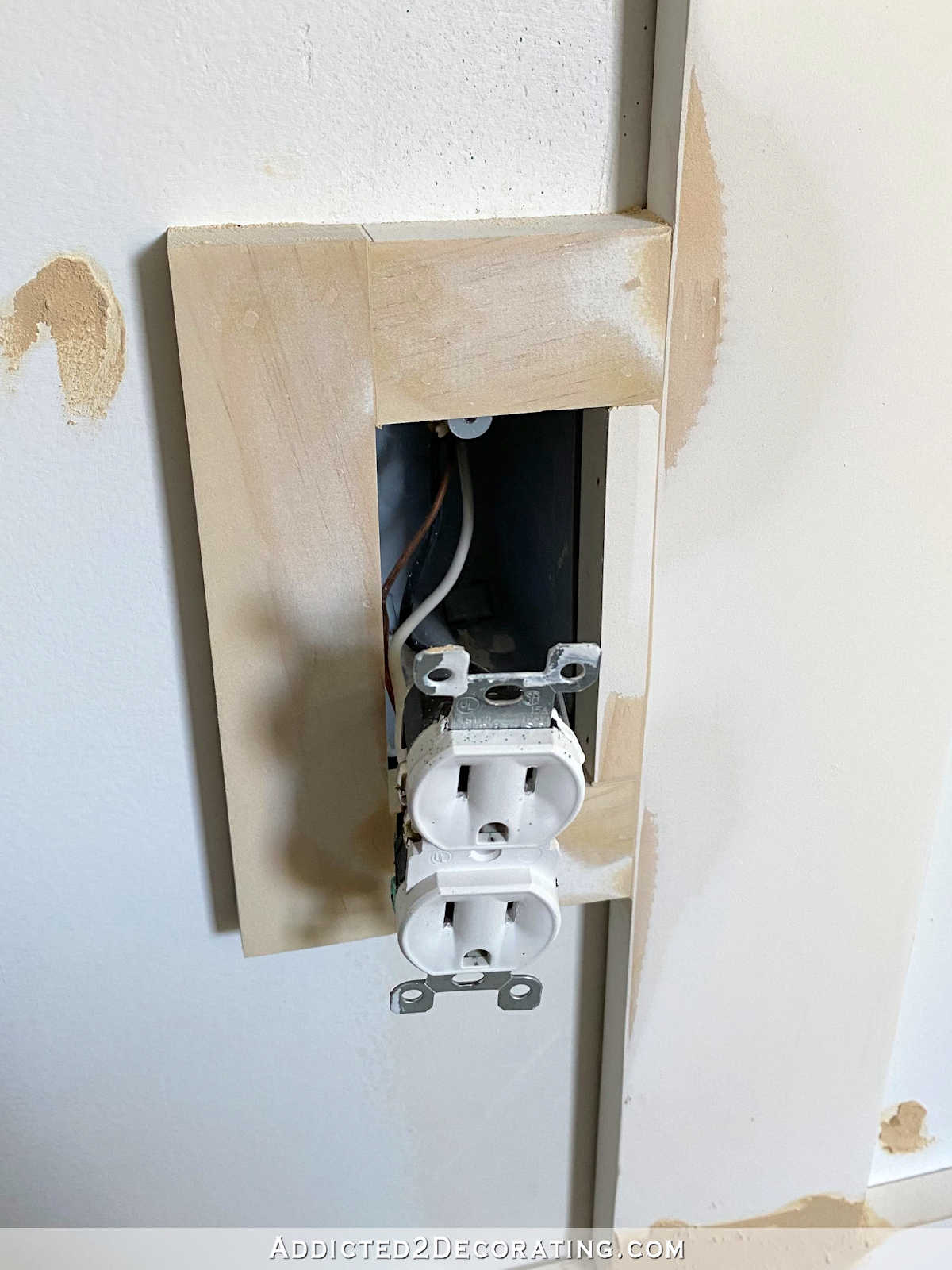
And then I used an electrical box extender, which looks like this…
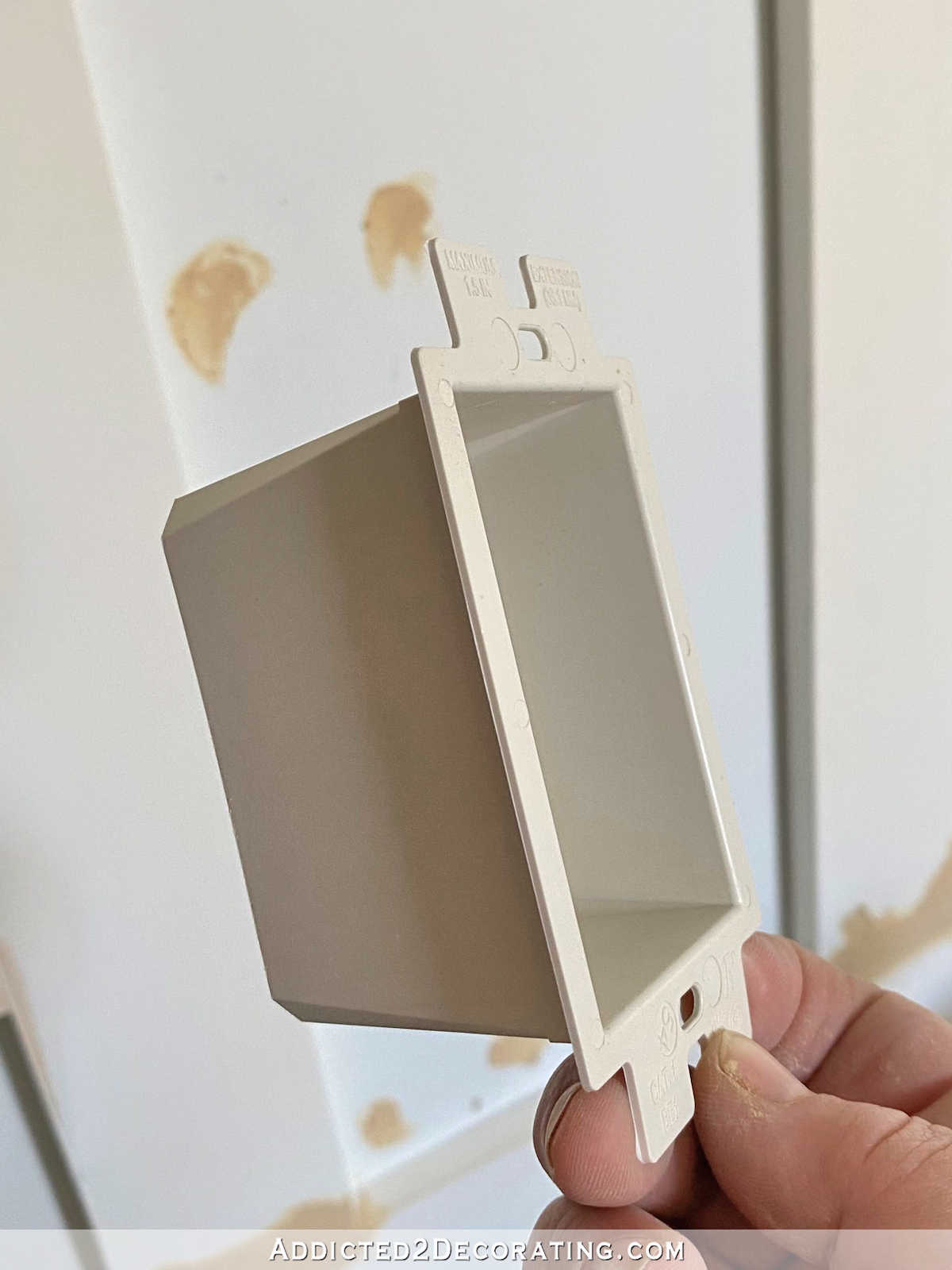
It has sides, but no back…
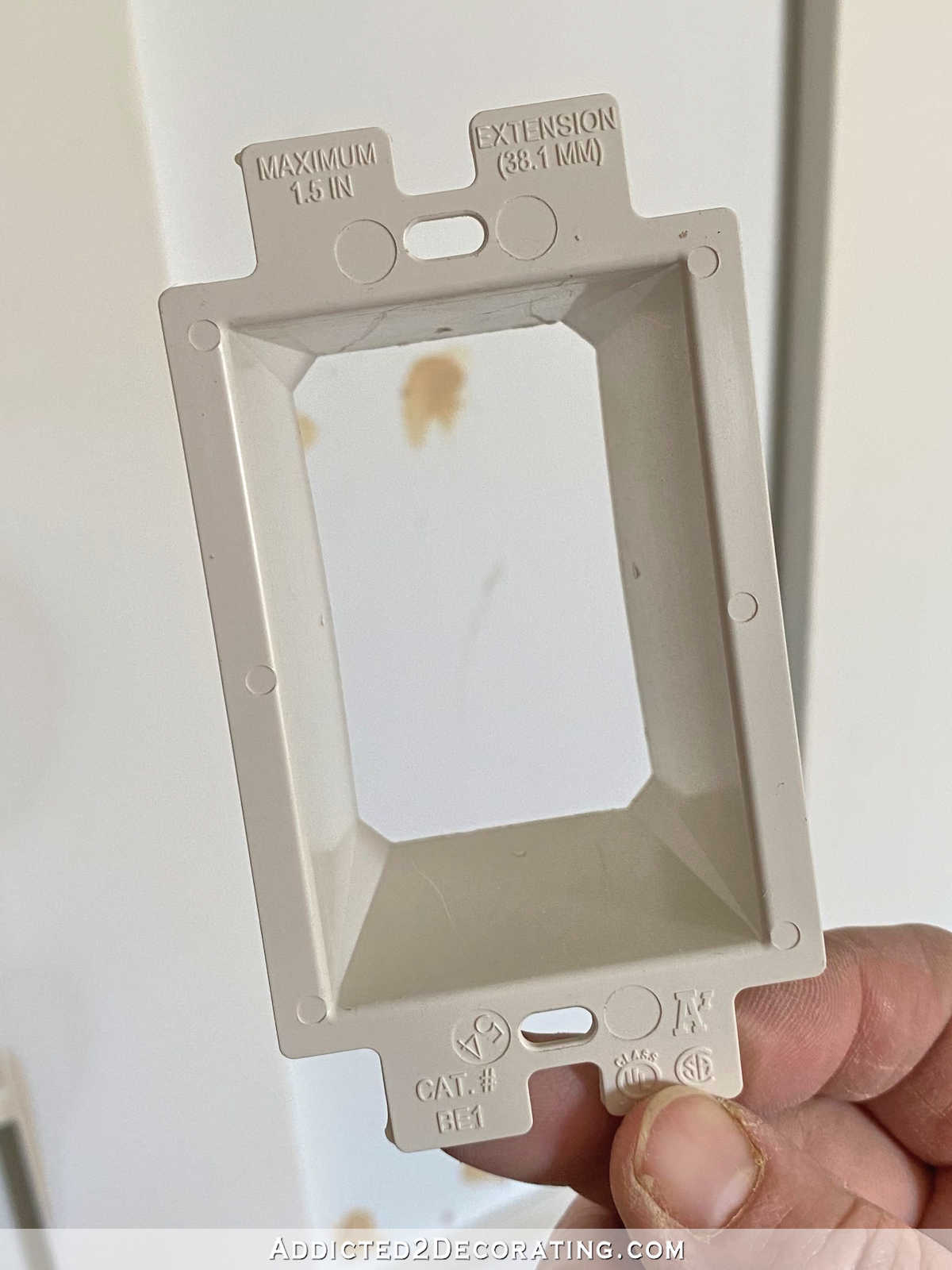
This is the package for the one I used…
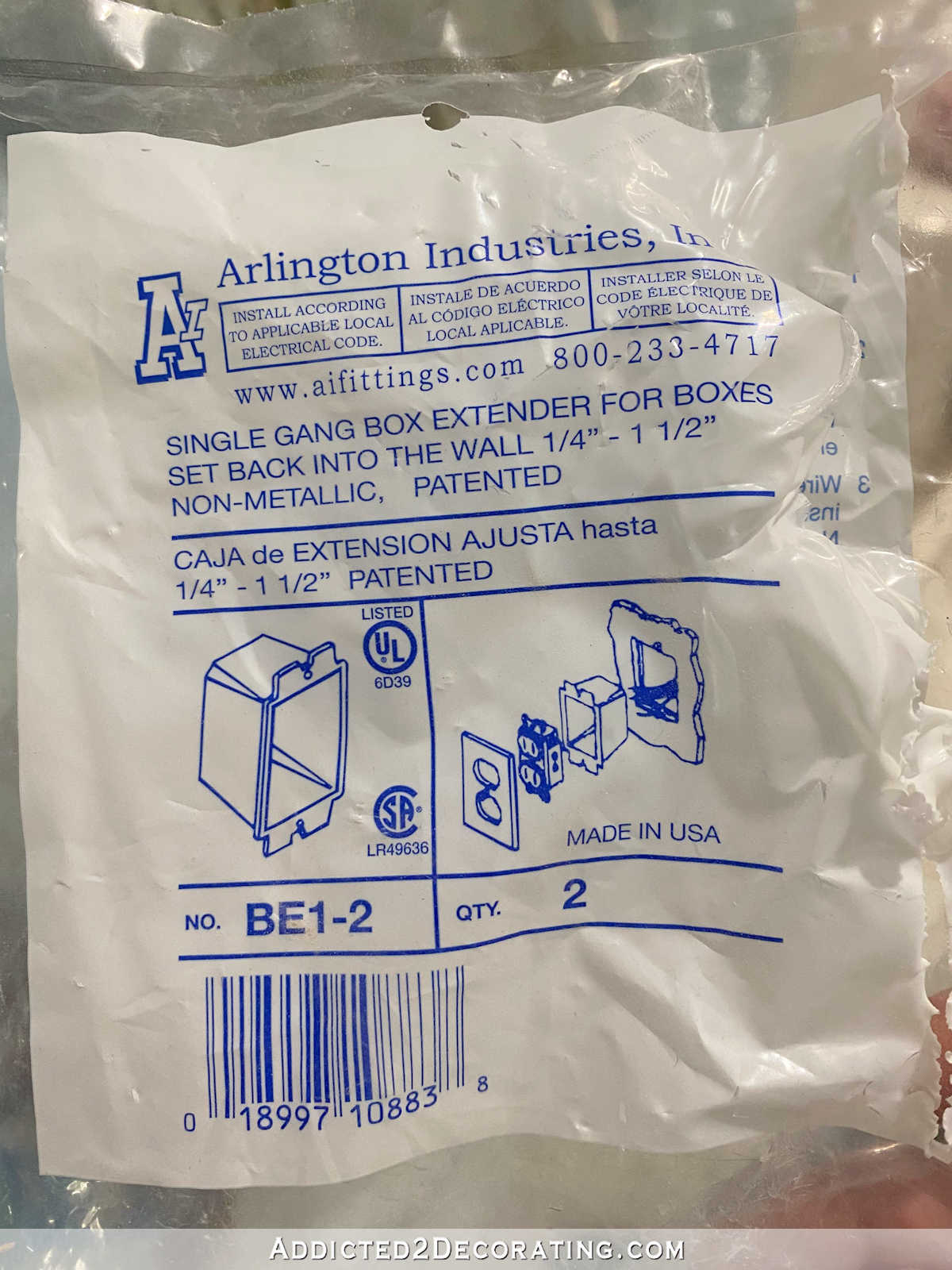
I like this style because it’s completely variable, meaning that it can extend the box anywhere from 1/4-inch to 1.5 inches, and anywhere in between. There is this other style of box extender, but what I don’t like about those is that they come in specific sizes, generally 1/4-inch, 3/8-inch, and 1/2-inch. But if the space on your wall isn’t exactly one of those measurements, then you run into other issues.
To use this extender, I simply put the outlet through the back of the extender…
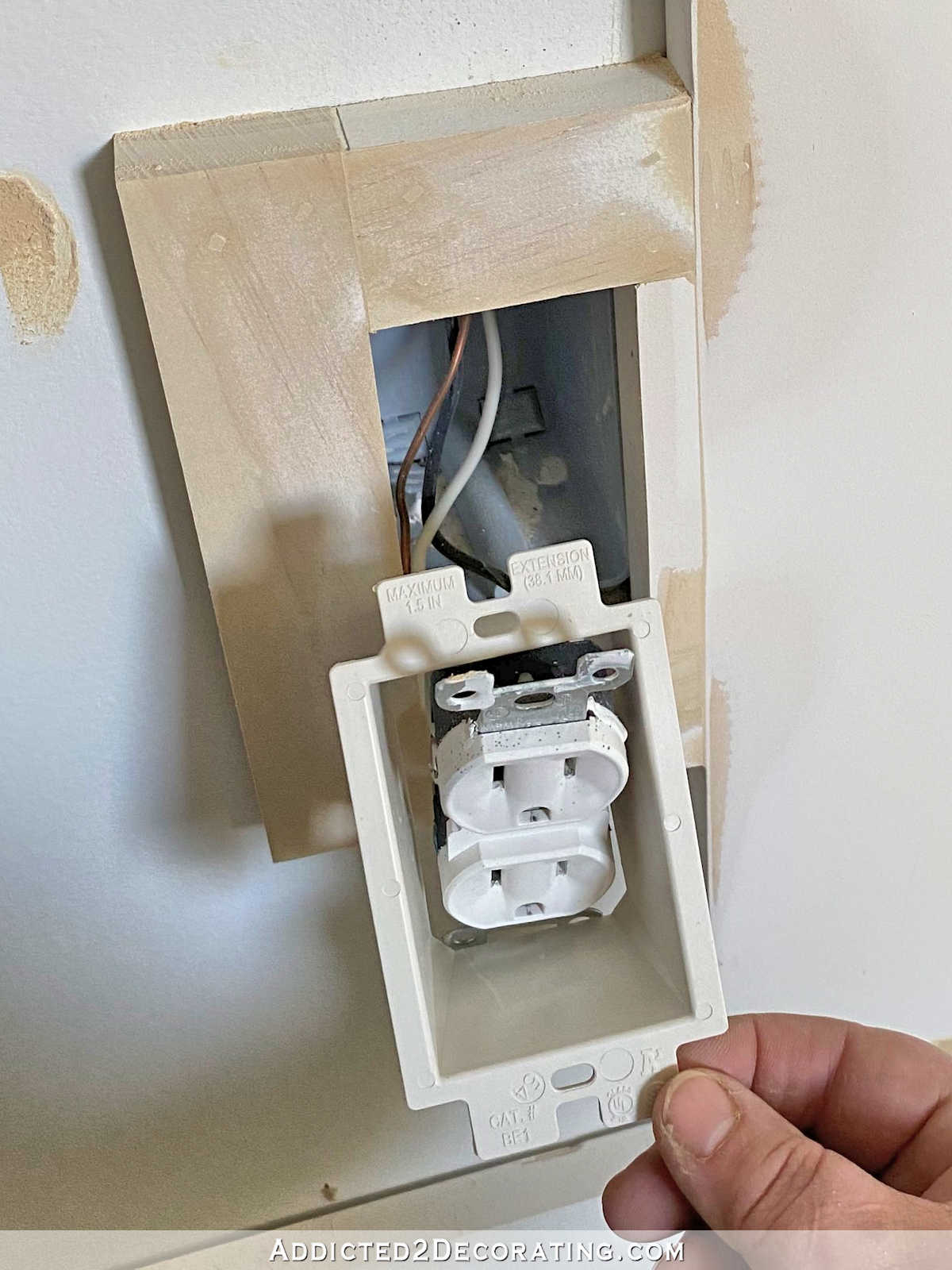
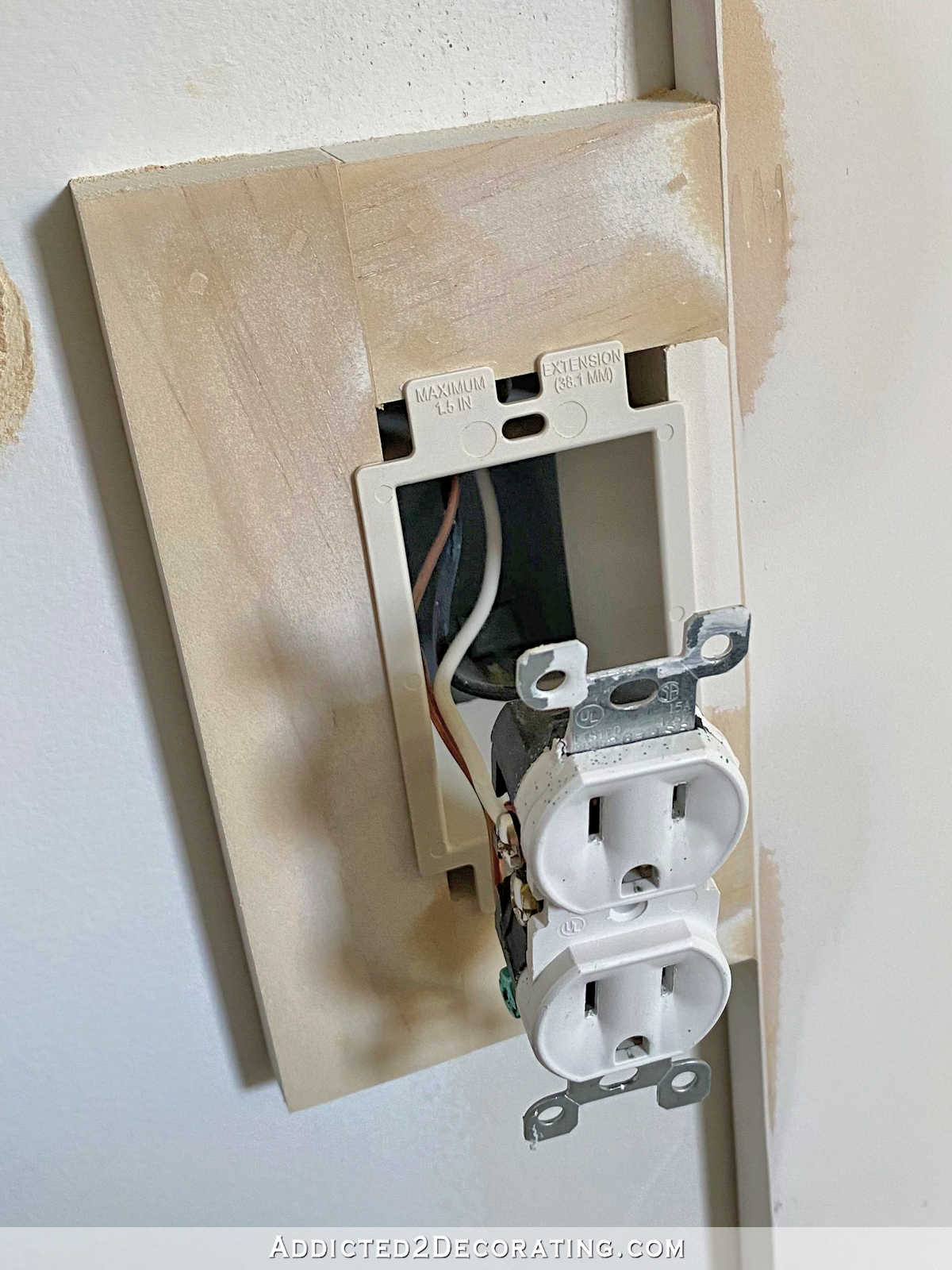
And then used the extra-long screws that came with it, and put those screws through the outlet, through the box extender, and into the holes in the original electrical box. And now those electricity-conducting screws on the sides of the outlet are once again safely inside a box and not exposed to building material.
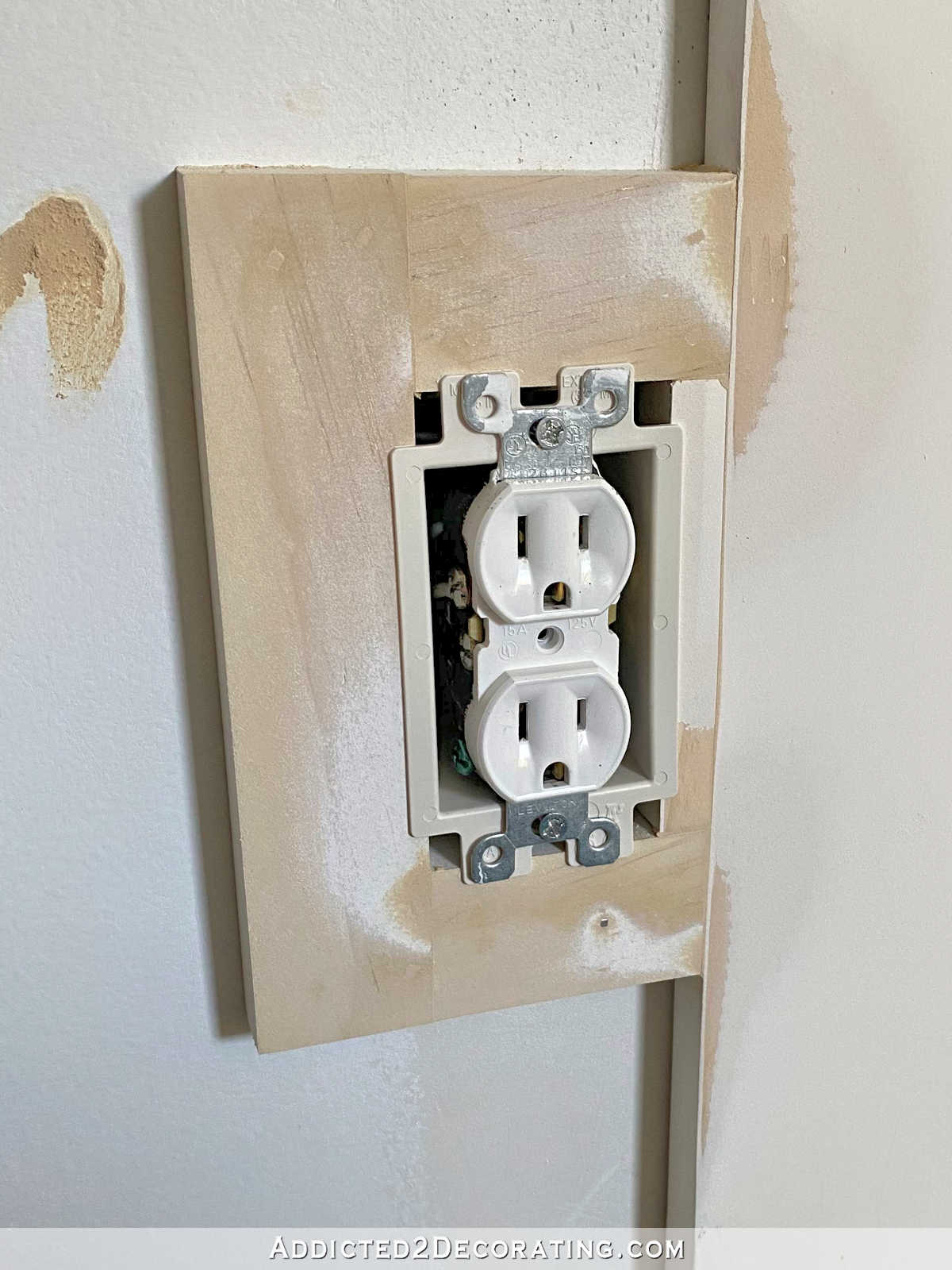
And the outlet cover fits perfectly…
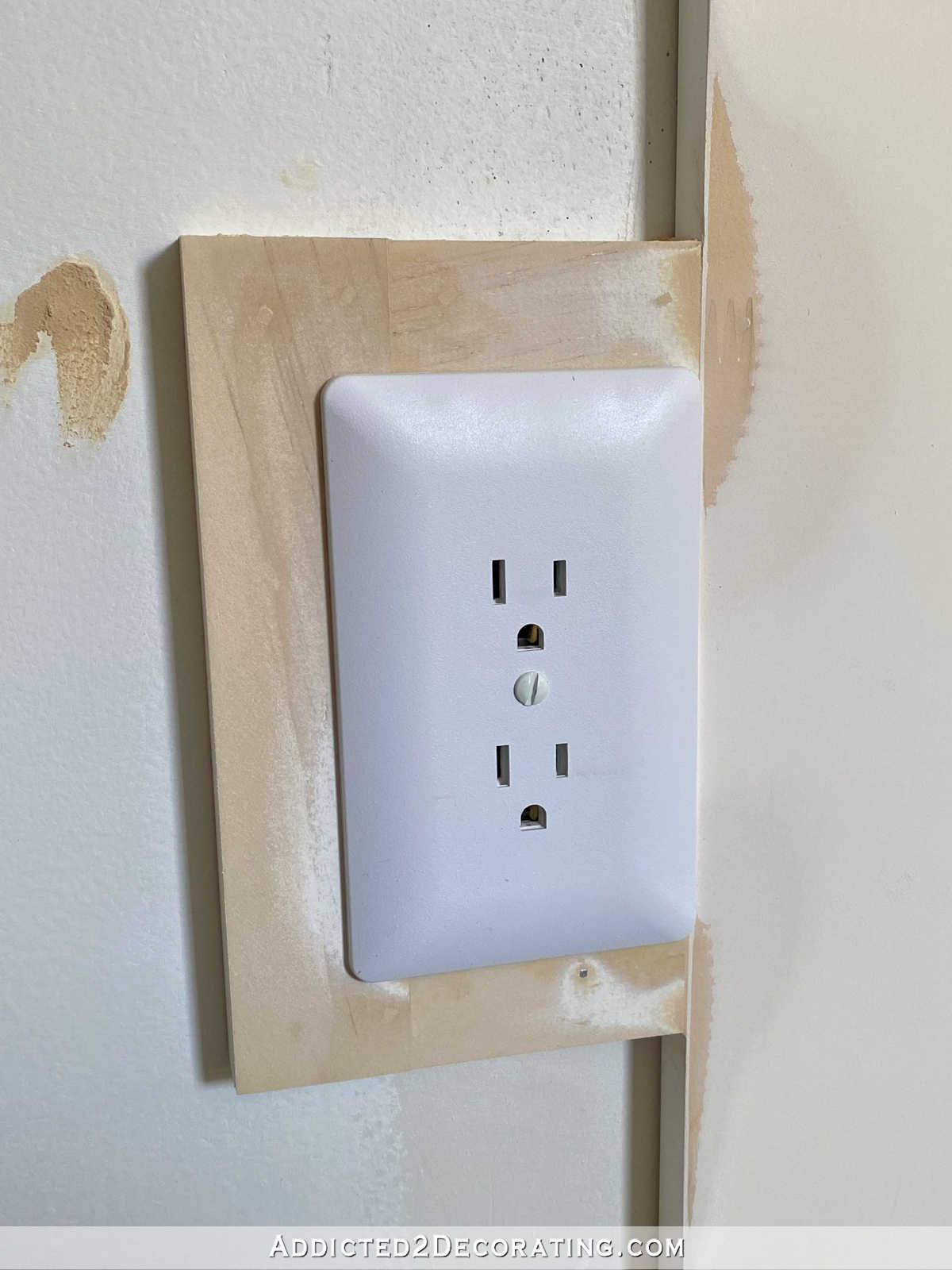
These are my favorite outlet covers. I like how sleek they look, and they’re also paintable so that they can blend right into the wall.
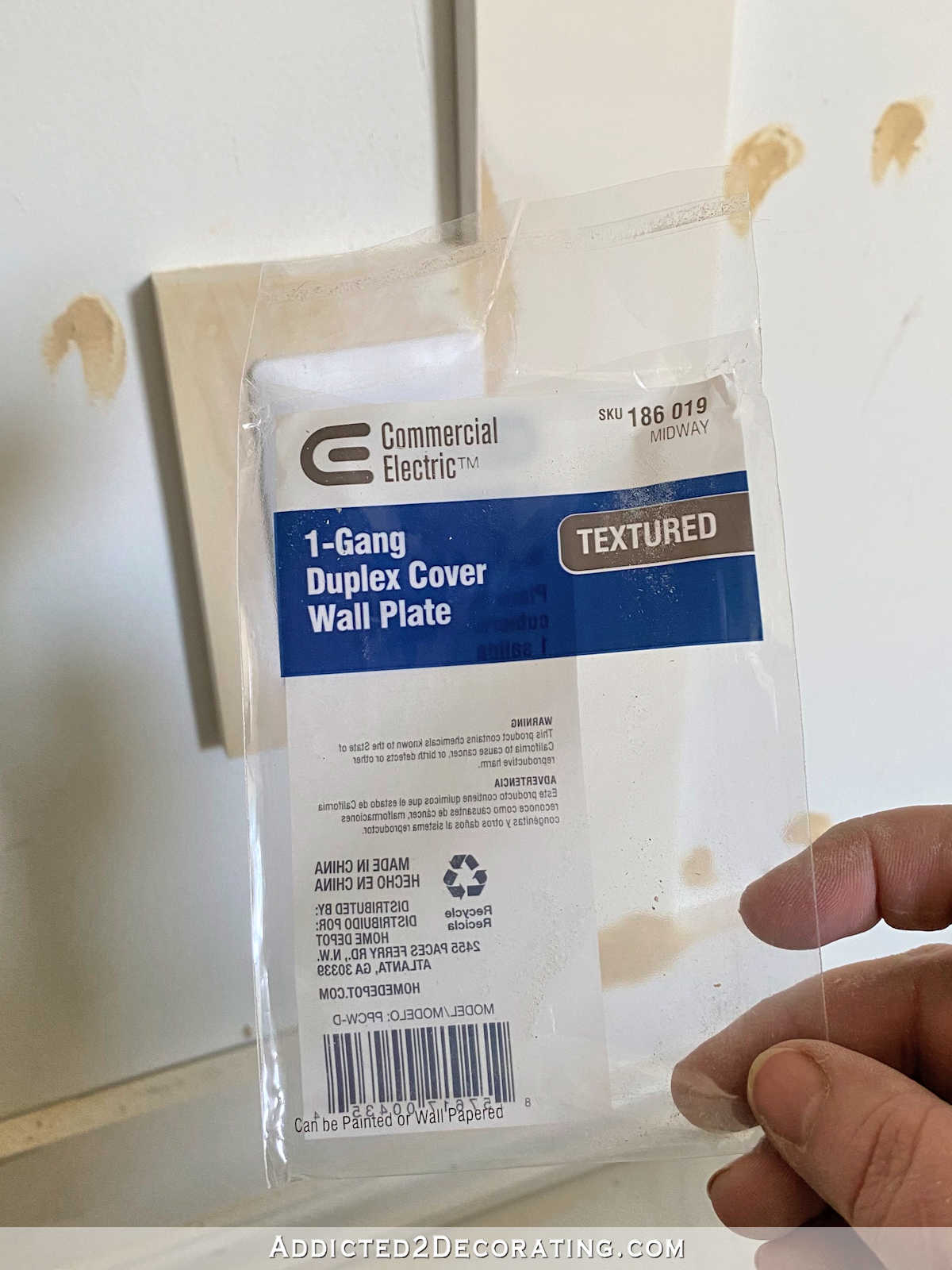
I use them pretty regularly, but I especially use them on areas where I don’t want a glaring white rectangle calling attention to itself, like on the end of my kitchen peninsula. See it there on the end?
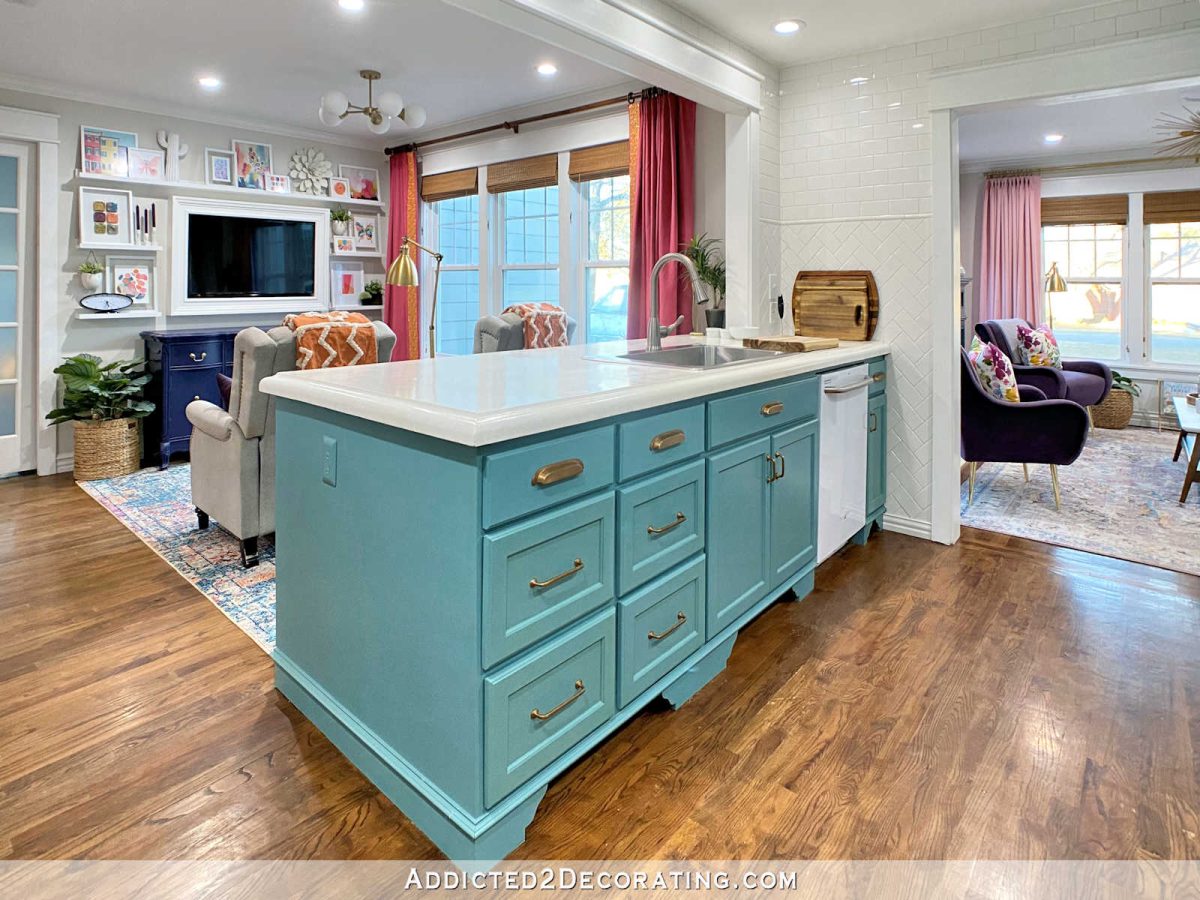
They hold paint very well. I painted that one when I painted the cabinets in April 2017, and I’ve never had to do any paint retouching on it.
So on white walls, cabinets, or trim, I don’t find them absolutely necessary. But on walls, cabinet, or trim that are any color other than white, the full-cover, paintable outlet covers are my standard go-to covers. I couldn’t imagine having to look at a glaring white outlet on the end of my teal kitchen peninsula.
Anyway, I’m 30 years into DIYing, and I’ve done my fair share of remodeling in those years. And yet, I’m still learning all the time, and sometimes I’m still learning the basics.

Addicted 2 Decorating is where I share my DIY and decorating journey as I remodel and decorate the 1948 fixer upper that my husband, Matt, and I bought in 2013. Matt has M.S. and is unable to do physical work, so I do the majority of the work on the house by myself. You can learn more about me here.
I hope you’ll join me on my DIY and decorating journey! If you want to follow my projects and progress, you can subscribe below and have each new post delivered to your email inbox. That way you’ll never miss a thing!
Source link



